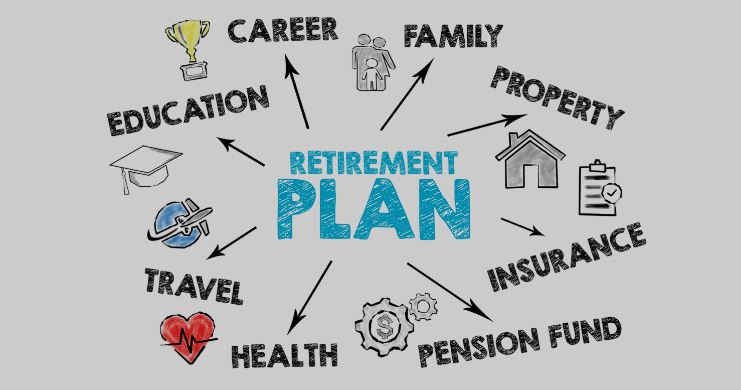Retirement Planning: Saving for the Future You Want

Retirement Planning: Saving for the Future You Want
Retirement planning is essential to ensure financial security and the ability to enjoy the future you envision. Here are some steps to help you save for the retirement you want:
Retirement Planning: Saving for the Future You Want
- Set Retirement Goals: Determine the lifestyle you desire in retirement, including your desired income, travel plans, hobbies, and healthcare considerations. This will help you estimate your retirement expenses and set specific savings goals.
- Start Early: The earlier you start saving for retirement, the better. Begin contributing to retirement accounts as soon as possible to take advantage of the power of compound interest and allow your investments to grow over time.
- Evaluate Your Current Finances: Take stock of your current income, expenses, and debt to assess how much you can realistically save for retirement. Develop a budget that allows you to balance present needs with future savings goals.
- Establish a Retirement Savings Plan: Maximize your savings potential by contributing to retirement accounts such as employer-sponsored 401(k) plans, individual retirement accounts (IRAs), or self-employed retirement plans if applicable. Explore the various tax advantages and employer matching contributions to optimize your savings.
- Diversify Your Investments: Diversification is key to managing risk and maximizing returns. Develop an investment portfolio that aligns with your risk tolerance and time horizon. Consider a mix of stocks, bonds, mutual funds, and other asset classes to balance risk and potential growth.
- Regularly Review and Adjust: Monitor your retirement savings plan periodically to ensure you are on track to meet your goals. Adjust your contributions and investment allocations as needed, considering market conditions, life events, and changing financial circumstances.
- Take Advantage of Retirement Savings Tools: Educate yourself on retirement savings tools and strategies, such as catch-up contributions for those nearing retirement age, Roth conversions, or annuities. Consult with a financial advisor if needed to explore these options.
- Minimize Debt: Reducing and managing debt is crucial to free up additional funds for retirement savings. Prioritize paying off high-interest debts such as credit cards or loans to enhance your financial security.
- Plan for Healthcare Costs: Consider the costs of healthcare and long-term care in your retirement planning. Research and explore options such as Medicare and long-term care insurance to ensure adequate coverage.
- Continuously Educate Yourself: Stay informed about changes in retirement planning rules, options, and investment strategies. Attend seminars, read books or articles, and seek advice from financial professionals to enhance your knowledge.
Remember, retirement planning is a long-term process that requires discipline, consistency, and regular adjustments. It’s important to actively save and invest in order to build a nest egg that supports the retirement lifestyle you desire. Start early, stay committed, and seek professional guidance when needed to make the most of your retirement savings journey.

